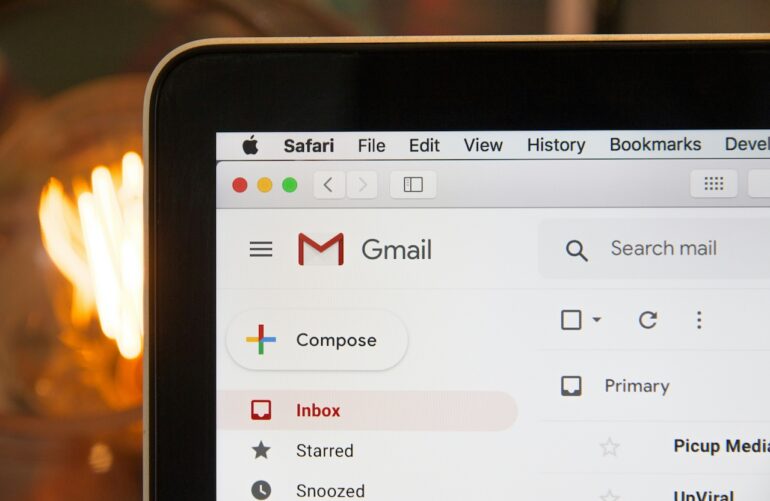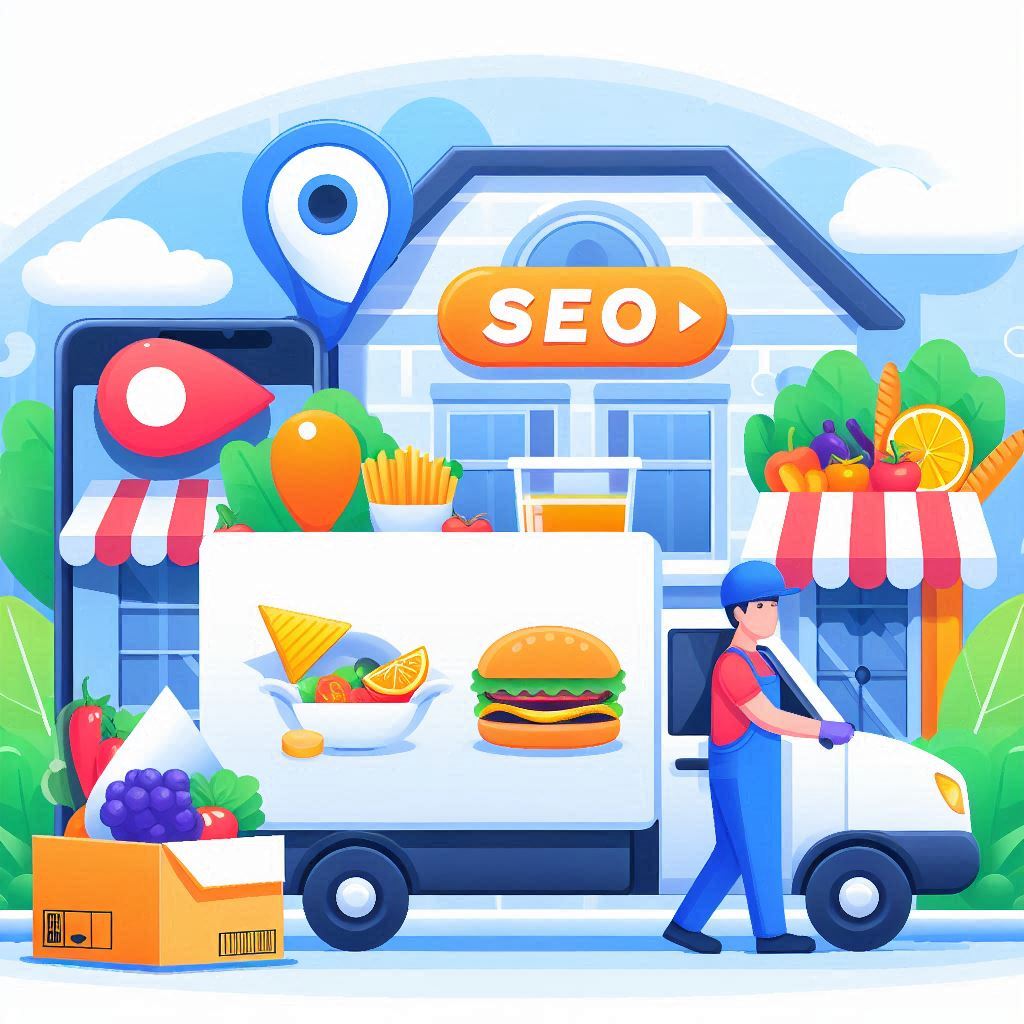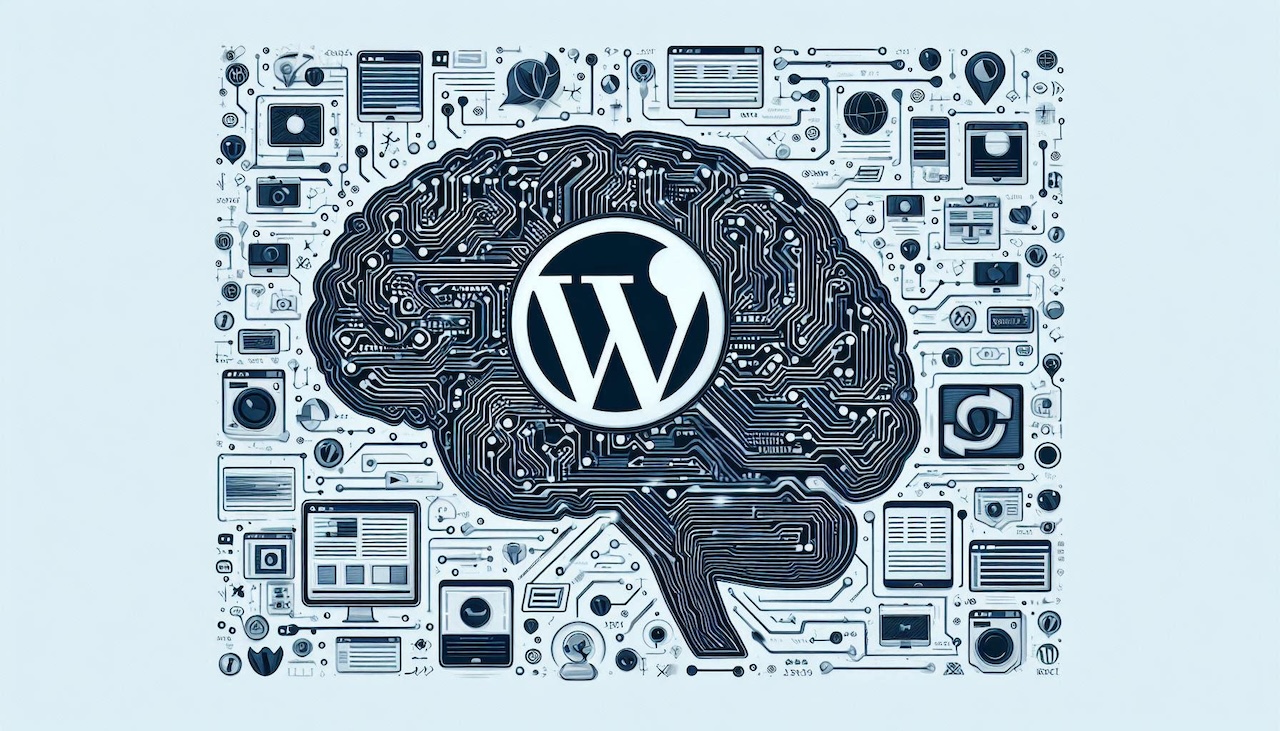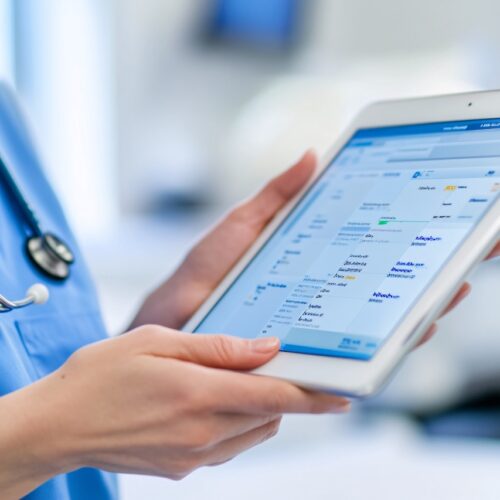Email Marketing: Email Personalization Transforms the Digital Marketing Field
Email marketing has existed since the 1970s. Although it started as inboxes filled with spam messages, this approach has proven to be one of the most successful for raising brand awareness.
Consumers expect much more than just meaningless emails. They prefer personalized content that targets their wants and needs. Luckily, it’s now easier to send a customized message. The rapid growth of technology and sophisticated data analyses allow targeted messages, making email campaigns more powerful than ever. Due to this, businesses can connect with their audience on a much closer level.
Today, we’ll discover the basics of personalization and its impact on customers, provide some personalization methods, and a lot more. So, let’s begin right away!
Email Personalization At A Glance
Email personalization is a unique and very effective marketing strategy that refers to the tailoring of the email content to the recipient. All of this is based on personal behavior and the interest of the individual. In fact, studies have shown that transaction rates are six times higher with personalized than with general ones.
If you have a look at the basics, you’ll see that email personalization can include only the name of your consumer in the greeting or the subject line. However, technology is constantly evolving, and you can now choose from a wider variety of options to tailor your message to fit the preferences of the recipient.
One of the most common examples is to create a segmenting email list by behavior or demographics, include pictures or other display effects that will capture their attention, or send messages that refer to some of their actions, such as not finishing the checkout process.
Regardless of the approach you pick, you should be aware that the most prominent factor for email personalization is collecting and utilizing data in a way that your client will feel satisfied yet not endangered. In other words, you should be transparent about what type of data you gather and how you use it, and even allow your consumers to opt out of personalizing messaging.
All of this has one goal—developing messages and campaigns that align with your target audience and bring you valuable results, such as higher profits.
Improved Open Rates
Email personalization has an impact on many aspects. One of them is open rates. More precisely, open rates explain the percentage of consumers who actually open your email messages. As we said above, you will be able to increase the likelihood of your message being opened by tailoring it to specific consumers. Nowadays, with artificial intelligence and its uses, this process is drastically simplified.
All of the data collection and analysis are significantly faster and more accurate, allowing you to come up with the best email for your recipient. Your email campaign open rates will soar as you make individuals feel like the email was created for them.
For instance, if you’re a tech company, and your consumer has already opened or purchased an iPhone from you, you can send them an email that says, “Get a 5% discount for buying the newest iPhone model” or “Check out these AirPods for a perfect match with your phone.” These subject lines may relate directly to your consumers’ interests, so they are more likely to open the email.
Impact on Click-Through Rates
Click-through rates are another crucial metric that reveals the success of your email promotions. They indicate the percentage of the consumers who clicked on the email and took some other action after opening it and checking out its content. This is very straightforward.
When the email you send is tailor-made and includes content, like special offers or product recommendations that your customers may like or need, they will probably be intrigued and take further action.
Image it like this. You’re a clothing brand., and you’ve released a new summer collection. If your consumer has already purchased a pair of sandals from you, you can grab their attention by promoting your latest summer shoes and sending them a link or a list of the new models. As a result, the consumer might click on the website to learn more.
Another trick for improving CTR with email personalization is to create a sense of urgency or exclusivity. You can send triggering messages for a discount or a limited edition and encourage your recipients to make a purchase before the offer expires.
It’s amazing that, according to some digital marketing experts, click-through rates are now 41% higher due to email personalization.
Data and Email Customization
The key factor that will help you develop an effective personalized campaign is customer data. This is because you will be able to gain insights about their behavior, wants, and needs and create the email that will suit them the most. Based on this, there are a few ways that you can use the data. Let’s explore them briefly:
- Segmentation: You can segment your email list based on consumer data that reveals past purchases, demographic information, Internet behavior, and more. That said, you will be able to send relevant and personal messages according to your recipient’s group. On top of that, it will be a lot easier to know which message to send to which segment.
- Behavioral triggers: Consumer data helps you reveal tracking behavior, such as email opens, website clicks, and purchases. Therefore, you can easily send the right triggered message based on specific behavior. This is even possible via automation. For example, if the customer leaves the shopping cart without making a purchase, you can automatically send them a reminder.
- Personalization tokens: Another data role is to help you develop personalization tokens. These tokens allow you to insert custom information into your email campaign, like the consumer’s name, location, or previous purchases. While this simplifies your job, it also creates a more engaging experience for customers.
- Testing and optimization: Last but not least, the data you collect will help you analyze the performance and effectiveness of your email campaign. More precisely, you can test a bunch of variables, such as subject lines, personalization methods, messaging tactics, etc. Due to this, you can continuously enhance your email customization strategies and achieve even better results.
Various Personalization Methods
When we’re speaking of tailor-made messages and emails, you need to remember that different businesses and different consumers with various interests require particular methods. This means that a general strategy may not work for every business. So, let’s move on to a few personalization techniques that may boost your sales:
- E-commerce: E-commerce is one business that needs to consider personalizing emails. Individualistic messages can help increase sales and repeat purchases. So, the most common methods for personalization in e-commerce are past purchases, customized discounts, browsing history, specific offers, and reminder emails about abandoning the shopping cart.
- B2B businesses: These business models can use customization by tailoring their messages to the specific needs of the other companies. You can utilize methods such as delivering content based on the industry’s job, creating customized content based on industry or job function, sending a personalized email from a sales representative, or even using account-based marketing that will help you customize messages for specific target accounts.
- Service-based businesses: If your company offers different services, you can use personalization to build trust and more personal connections with your consumers. For example, you can implement personalized messaging in the greeting, send custom thank-you messages after completing a particular service, or provide discounts or rewards to loyal clients.
- Non-profits: Even non-profit organizations can benefit from tailor-made emails. They will help you build strong relationships with investors or donors and increase engagement within your cause. Some of the approaches you can implement are sending greeting/thank-you messages to the donors, using custom-made emails that will boost donations, or creating personalized campaigns that will target the interests as well as the values of various donor segments.
5 Tips for Getting Started with Personalized Emails
Email personalization may seem like an easy task. However, this powerful tool requires a lot of understanding and careful work. If you’re a newbie or simply need some help with this marketing strategy, here are a few tips!
1. Cover the Basics
You can’t start with email personalization and jump to the end part. It would be best if you start with the basics. In other words, instead of first writing the main part of the message, including a product list, creating the end-line of the email, or thinking about what signature design to use, you need to focus on the beginning elements.
Start by using subject lines that will capture your recipient’s attention and including their name in the first line of the email message. Both of these tips will come in handy and help you increase your campaign’s open rates.
2. Gather and Segment Consumer Data
We’ve talked about this a lot, but it’s very important to remember it. If you want to develop an effective personalized campaign, you must collect and analyze your clients’ data. This includes all of their purchases (both past and present), demographic information, Internet activities, website clicks, and more.
As a result, you will be able to create extremely specific emails for each segment of your email list and avoid abandoning your campaign or unsubscribing from your emails.
3. Employ Triggered Emails
While this may sound like a tricky method, you might not be familiar with how well reminders work. They boost engagement and encourage your customers to come back to your website or shop and benefit from various promotions, offers, etc.
For instance, the most commonly used triggered messages are reminders about leaving the checkout process without completing it. This will not only make your client return and purchase your product or service, but they may also remember that they need something additional and add it to the virtual cart.
4. Test and Enhance
Digital marketing, like other fields, requires extensive testing and optimization. This is especially true after the technological revolution.
So, regardless of the approach you select, you need to conduct thorough tests, explore the results, and see which areas you can improve and which are working just fine. As a result, you’ll have the campaign that works best for your target audience.
5. Try Not to Overdo It
Personalization is a powerful tool, and it is indeed effective. However, everything that seems too forced can have a counter effect.
With this in mind, try to avoid using a lot of personal information or making assumptions about your customers. They can easily perceive this as creepy and overwhelming.
Companies with Successful Customized Email Marketing Campaigns
Nowadays, there are numerous real-life examples of companies that figured out how to implement the best personalization in their emails. But let’s focus on some of the most popular businesses and reveal some of their secrets:
- Amazon: This worldwide-known company sends emails with personalized suggestions based on your shopping history, Web behavior, website clicks, etc. This helped Amazon raise its sales by 30%.
- Sephora: The beauty industry is all about trust and repeated purchases, and that’s what Sephora did. Their emails include unique offerings and personalized recommendations that attract consumers to go back and make another purchase of their favorite product.
- Spotify: The leading music streaming platform decided to create whole playlists with songs that are based on the user’s listening habits and preferences. Due to this, they keep their customers engaged and encourage them to continue using Spotify.
- Uber: Uber tries to persuade its customers to take more rides. In order to achieve this, they often send emails about personalized discounts if you take a ride after a while.
- JetBlue: Ultimately, the airline JetBlue works hard to build trust and loyalty. As a result, people who use this company for their travels may receive emails with unique discounts and promotions.
Wrap Up
Marketing is a field where everything is constantly changing. So, it’s not weird that email marketing has gone a step further and introduced personalization. This approach will help you build long-term customer relationships, boost your sales and profits, and make your consumers feel more valuable. Many companies have already succeeded, so why wouldn’t you?







